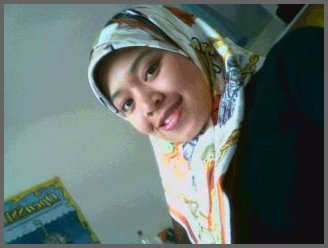Polar Owncal
Polar Owncal Feature explained
Quoted : "Counting of the calories burned begins immediately when your heart rate has reached the OwnZone™, which is also the most effective and safe heart rate zone for calorie consumption."
Polar Ownzone Feature explained (in brief)
Faster OwnZone® (basic)
Individual determination of your optimal target heart rate limits.
The Polar OwnZone® feature determines an individual and safe light to moderate intensity exercise zone (65-85% HRmax). Polar Heart Rate Monitors use multiple methods for determining your OwnZone®. The primary method is to measure your heart rate variability during the warm-up period before exercising. It guides you through an appropriate warm-up routine and automatically determines a safe and effective exercise heart rate zone - your OwnZone® - while taking into account your current physical condition.
Alternatively, the Polar Heart Rate Monitor will automatically calculate OwnZone® limits based on your age-predicted maximum heart rate (220 minus age).



